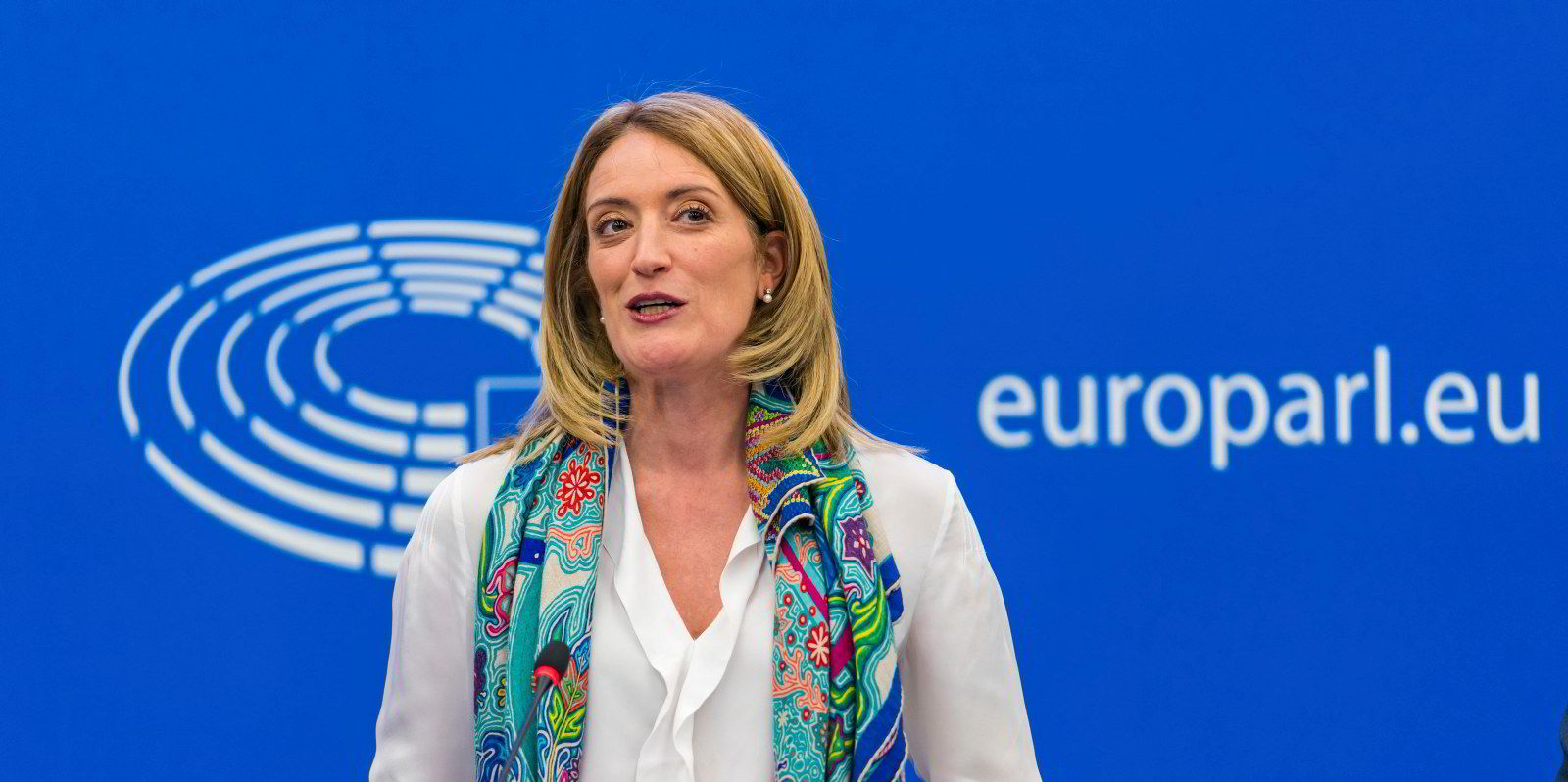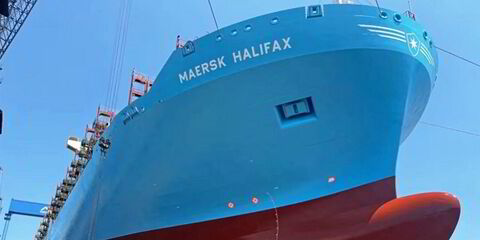The European Union Emissions Trading System (ETS) for shipping is just the start of a series of measures that will make carbon accounting a critical part of any shipowners’ business.
If things go to plan the EU’s shipping ETS will come into force in 2024. The regulation passed a critical hurdle when on 18 April the European Parliament overwhelmingly voted for shipping to be included in the EU ETS — a part of its Fit for 55 regional decarbonisation package of measures.
The next stage is for the agreed ETS texts to be formally endorsed by the European Council. They will then be published in the Official Journal of the European Union and enter into force 20 days later.
There are two main measures aimed at shipping’s decarbonisation in the Fit for 55 package: the ETS and a new fuel standard.
In its fuel standard, the EU wants to limit the carbon intensity of marine fuel used in its waters. But it is also pushing for the same standard to be adopted on a global basis.
Under an initial EU regional agreement between its legislative bodies, ships over 5,000 gt will have to cut the amount of greenhouse gases in the energy they use by 2% as of 2025, 6% as of 2030, 14.5% as of 2035, 31% as of 2040, 62% as of 2045 and 80% as of 2050.
The EU fuel standard measures look set to go ahead, even though approval is still required from the Committee of the Permanent Representatives of the Governments of the Member States to the European Union and the European Parliament’s Committee on Transport and Tourism, followed by the Parliament and Council as a whole.
The initial standard is likely to mean that shipowners will turn to biofuel blended with conventional marine fuels until 2030, when alternative low-carbon fuels become available.
Achieving zero emissions
The EU is also proposing a combination of both a global fuel standard and financial incentives in a basket of measures the International Maritime Organization is developing aimed at achieving zero emissions globally by 2050.
The IMO seems to be progressing along those lines.
The International Chamber of Shipping said it had noticed an “increased convergence towards a basket of measures, which includes a flat rate levy-based contribution mechanism in combination with a form of a GHG intensity standard for marine fuel” at recent IMO discussions.
The ICS has made its own proposal, which involves an international levy on carbon emissions which would go toward its “fund and reward” scheme to incentivise zero-emission fuels.
That would be combined with a global fuel standard to accelerate moves toward decarbonisation.
It is proposing a simplified global fuel standard that would see the carbon intensity of marine fuels reduced by 5% by 2030, then updated according to alternative fuel availability.
It believed the combination of the two schemes would encourage the supply of alternative low-carbon fuels.
The ICS estimates that a fund and reward levy system would add around $40 to the price of a tonne of fuel, while the use of low-carbon fuels to achieve the fuel standard could add up to another $80 per tonne to the cost.
The impact on developing and remote economies of higher fuel costs is a significant concern for the IMO.
But research undertaken by broker Clarksons on behalf of the ICS indicates that even an additional $150 per tonne could be added to the price of fuel without adversely affecting geographically remote or developing economies.





